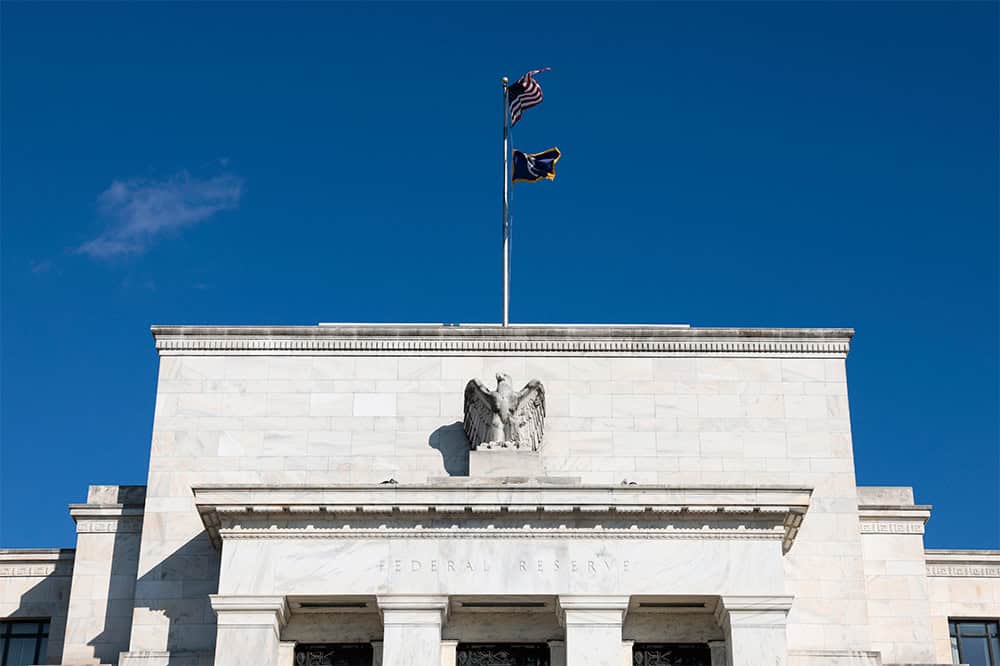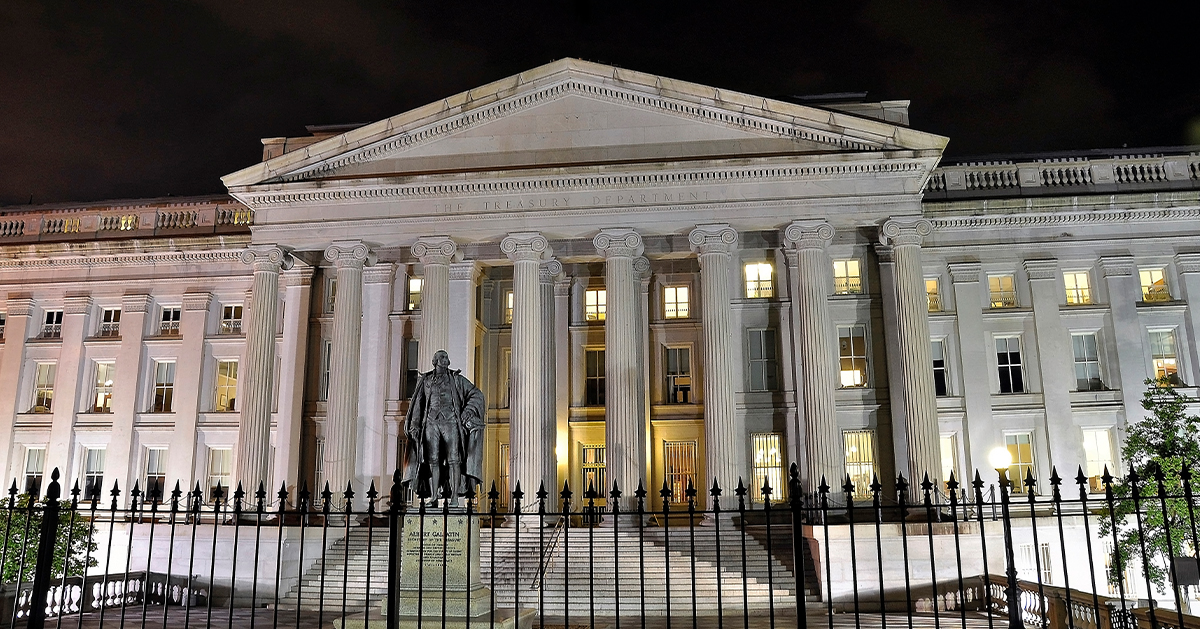On March 15, 2018, the federal government passed an unfortunate milestone: $21 trillion dollars in gross federal debt.
Gross federal debt has grown by $5 trillion in just the last five years—from $16 trillion at the end of fiscal year 2012 to $21 trillion today. More than 80 percent of that growth has come from debt held by the public. It took just six months to add on the most recent trillion dollars.

The growth of our debt stems from a fundamental imbalance between spending and revenues. Growth in spending — driven by an aging population, rising healthcare costs, and mounting interest payments — is outstripping collections of taxes to pay for it. As a result, the national debt is on an unsustainable long-term trajectory that will undermine economic opportunities for individuals and families in the future.
As Foundation CEO Michael Peterson noted, this trend is especially troubling because our fiscal outlook has only begun to reflect the effects of fiscally irresponsible tax and spending legislation that has been enacted in recent months. During a time of low unemployment and economic expansion, now is the time to get the national debt under control — but lawmakers have been moving in the wrong direction.
Image credit: Photo by Alex Neill/Getty Images
Further Reading
What Is R Versus G and Why Does It Matter for the National Debt?
The combination of higher debt levels and elevated interest rates have increased the cost of federal borrowing, prompting economists to consider the sustainability of our fiscal trajectory.
High Interest Rates Left Their Mark on the Budget
When rates increase, borrowing costs rise; unfortunately, for the fiscal bottom line, that dynamic has been playing out over the past few years.
Debt vs. Deficits: What’s the Difference?
The words debt and deficit come up frequently in debates about policy decisions. The two concepts are similar, but are often confused.


